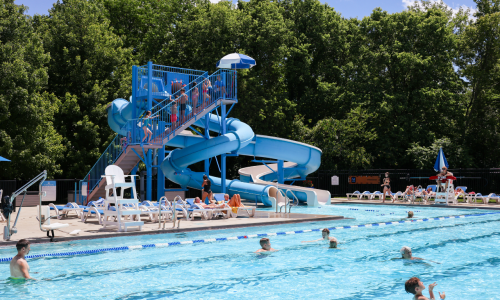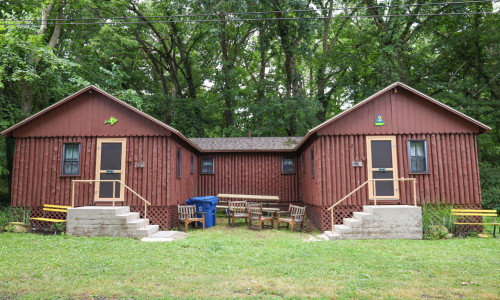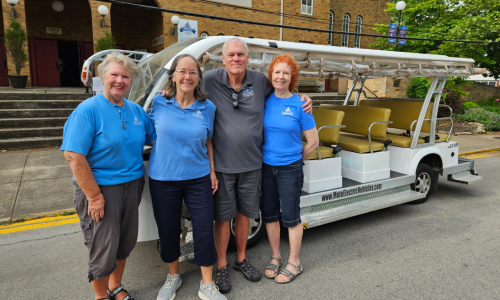Staff Blogger: Gretchen Colón, Vice President of Advancement & Communications
*This blog was written by Gretchen Colón on Monday, Feb. 12 local time.
 Our second day of learning and exploring we head to Bethlehem, which in Hebrew translates to ‘house of bread.’ We boarded our charter bus and after admiring how our driver maneuvered through the small streets, we happened upon an Olive wood-carving shop called the Nissan Brothers. Olive wood-carving is the ancient skill of artfully chiseling Olive wood that still continues in Palestine today.
Our second day of learning and exploring we head to Bethlehem, which in Hebrew translates to ‘house of bread.’ We boarded our charter bus and after admiring how our driver maneuvered through the small streets, we happened upon an Olive wood-carving shop called the Nissan Brothers. Olive wood-carving is the ancient skill of artfully chiseling Olive wood that still continues in Palestine today.
We started down the steps to the wood shop where the Olive wood arrives and the carvers begin their magic. As Lakesiders entered the shop everyone immediately commented on the amazing smell of the olive wood. Our tour guide explained that carving these pieces of wood is a delicate art. Some of the carvers can’t even teach their own children how to select the wood because fine wood has such an elusive quality to it. Each piece had a unique color and beauty to it; some were carvings of Jesus, Mary and Joseph, the Nativity and the Last Supper.
The Work of the Shepherds
Our first site of the day was a stretch of shepherd’s field. Because of the pastures and natural borders of the mountains, Bethlehem was a common place for holding sheep. Flocks would cover the mountain sides and even today, you can still find sheep roaming around.
As we looked out over these fields in Bethlehem, we imagined what it was like to be the shepherds that the angel appeared to more than 2,000 years ago. What did they feel when the angel announced the news of Jesus to them? Were they terrified as they wandered these rocky and steep hills in their sandals, tending to their sheep?
“And there were shepherds living out in the fields nearby, keeping watch over their flocks at night. An angel of the Lord appeared to them, and the glory of the Lord shone around them, and they were terrified. But the angel said to them, ‘Don’t be afraid. I bring you good news that will cause great joy for all the people. Today in the town of David a Savior has been born to you; he is the Messiah, the Lord. This will be a sign to you: You will find a baby wrapped in cloths and lying in a manager.”
Luke 2: 8-12.
We left Bethlehem and drove over to Herodium, the fortress-palace of King Herod. It was built between 23 and 20 B.C. It was indeed a spectacular structure, complete with a pool, fountain, cistern, dining room, theater and bathhouse. Imagine having all those amenities in a palace at a time when most homes were so primitive.
We climbed to the top of a nearby hill and looked out across Bethlehem as we listened to the story of King Herod. To allow everyone to hear the stories our tour guide FJ was telling us, we used little hearing devices called ‘whispers.’ They are essentially headsets that allow everyone to listen to FJ while we walk around a site. It’s a wonderful aid to our experiential learning.
On a lower level of the fortress are stairs that lead to an inter-tunnel system that made up the mausoleum that Herod had planned for himself. In 2007, archeologists had unearthed the burial site and found the sarcophagus and the remains of the main structure. It is believed that the burial site had been raided in 66 A.D. when Jews rebelled against the Roman empire.
Church of the Nativity
 Build over the cave that is believed to be the birthplace of Jesus is the Church of the Nativity, which was build in 327 A.D. by Constantine the Great and his mother Helena. The church is now administered jointly by four different Christian authorities: Greek Orthodox, Roman Catholic, Armenian Apostolic and Syriac Orthodox. All four traditions maintain monastic communities on the site.
Build over the cave that is believed to be the birthplace of Jesus is the Church of the Nativity, which was build in 327 A.D. by Constantine the Great and his mother Helena. The church is now administered jointly by four different Christian authorities: Greek Orthodox, Roman Catholic, Armenian Apostolic and Syriac Orthodox. All four traditions maintain monastic communities on the site.
The structure and architecture of the Church was fascinating. It had been reconstructed over the centuries because of destruction by fires and riots. When you first walk in, you see the massive columns made from local red limestone, each with a different saint painted on it. The roof that sits atop the church today is made of wood that was shipped from England in the 1700s.
As we waited to see the birthplace of Jesus, we witnessed a funeral in the church. When we finally made our way back to the cave, we all sang “Silent Night” together, remembering how that sacred and holy night must have felt for Mary, Joseph and the magi and shepherds that would eventually come to celebrate.
We ended this outing with a walk back through Bethlehem to our charter bus.
Dear Lord, today we learned about the labor of the shepherds and the struggles they must have faced on those treacherous mountains as they cared for their sheep. We ask that You be with those who are in need or are struggling this day. You are an awesome God of love and mercy. Amen.





